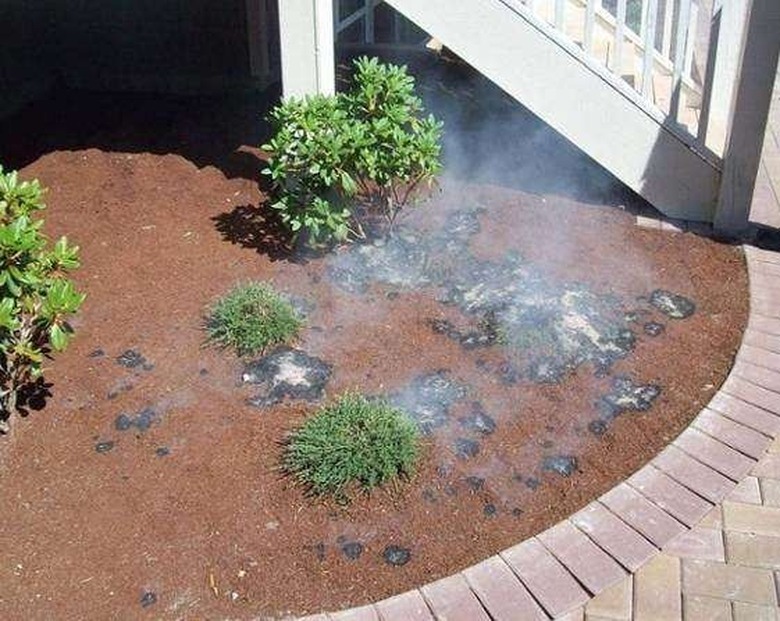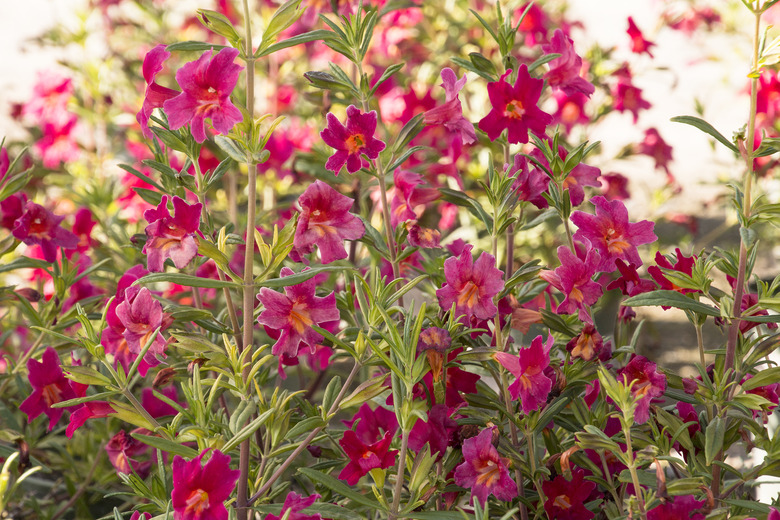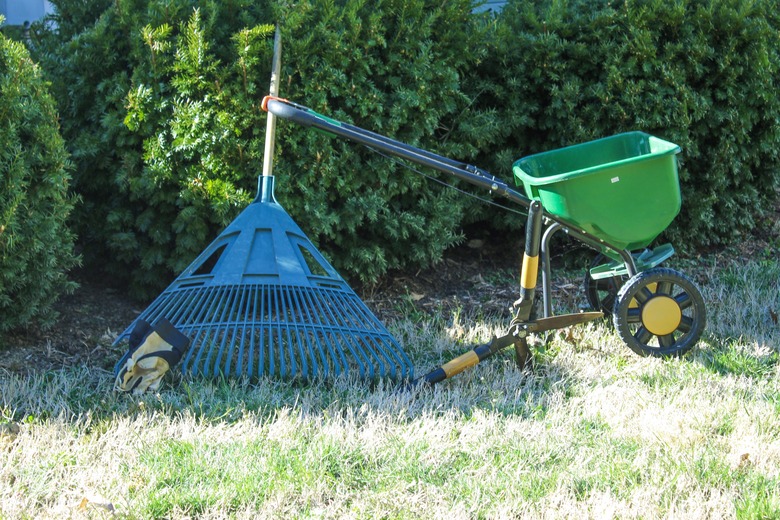How To Prevent Wildfires With Landscaping
During times of extreme drought, wildfires are all but inevitable in many regions of the country. As new housing trends have increasingly leaned toward placing housing developments in areas that are heavily wooded and natural, many thousands of home have become susceptible to wildfires. Many fires are caused by events over which no one has any control, such as lightning strikes or unexpected electrical arcing.
Wildfires became terrifyingly prevalent during the recent extended drought in the Pacific Northwest, and fire authorities stepped up their recommendations to homeowners to establish a "defensible space" between buildings and the surrounding vegetation. Landscaping to establish this space won't prevent a wildfire, but it will make it easier to protect your home, and it may slow the spread of the fire.
Many communities in wildfire-prone areas have written such landscaping requirements into law, so you should always check with your local fire authority or building department to determine which of the requirements apply to your property. For example, the width of the defensible space is usually greater for properties situated at the crest of a slope, because wildfires travel more easily uphill than they do downhill or on flat ground.
The Width of the Defensible Space
The Width of the Defensible Space
If you aren't sure how wide to establish the defensible space around your house, it's best to conform to the average requirement of 100 feet. Moderating influences, such as moist coastal air or the presence of a stream or river, may warrant reducing this width, but 30 feet is the bare minimum. On land that slopes more than 30 degrees, a 150-foot defensible space may be more appropriate and may be required.
Cal Fire establishes two sub-zones within the defensible space, but the City of Santa Barbara, California establishes four. These zones apply only to that city's fire defense plan, but they are commonsense ones that can be applied to any property. The zones used in Santa Barbara are:
- Zone 1: 0 to 30 feet from a structure
- Zone 2: 30 to 50 feet away
- Zone 3: 50 to 70 feet away
- Zone 4: 70 to 100 (or 150) feet away.
It's not a bad idea to conform to the four-zone model, because it makes it easier to plan the layout of the landscape.
Other communities may have other zone recommendations. Some areas of Oregan use a 3-zone system, which much of Colorado uses a two zone system
Zone-by-Zone Landscaping
Zone-by-Zone Landscaping
By observing a zone-by-zone landscaping plan, you'll establish a buffer perimeter directly outside your house, surrounded by a relatively open space and an outer barrier of relatively fire-resistant plants.
- Zone 1 plants are mainly well-irrigated ground cover. No plants should be higher than 12 inches, and succulents are preferred. This is also a good place for a lawn. Once the ground cover is established, you can plant trees, but they should be spaced by at least 30 feet, and none should be closer than 15 feet from the structure. No tree branches should be in contact with the structure or with a trellis that touches the structure.
- Zone 2 is basically open space. This is a good place to build walkways and rock gardens or to establish a lawn. You can also plant ground cover and shrubs, although the shrubs should not exceed 3 feet in height and should have a spacing of 18 feet. You can plant shrubs in 10-foot wide clusters as long as the spacing between clusters is 18 feet.
- Zone 3 is an extension of Zone 2, but slightly higher plants can be placed here, as long as they require irrigation. If you plant trees in this zone, space them at least 30 feet apart so their branches do not touch.
- Zone 4 is the transition zone to the surrounding landscape. Vegetation planted here does not require irrigation, and there is no height limitation. Trees should still have 30 feet between them, and shrubs, or clusters of shrubs, should be spaced by 18 feet.
Fire-Safe Plants
Fire-Safe Plants
Every plant will burn if the fire is hot enough, but some are less likely to ignite than others. Succulents are the most fire-safe, whereas woody plants are the least. Some low-growing "fire-proof" ground cover plants recommended by Cal Fire for placement near the structure include:
- French lavender
- Red monkey flower
- Sage
- Ornamental strawberry
- Coreopsis
- California fuscia
Taller plants and shrubs that work well in Zone 2 include:
- Rockrose
- Ice plant
- Aloe
- Hedging roses
- Bush honeysuckles
- Currant
- Cotoneaster
- Sumac
- Shrub apples
Avoid flammable plants. Besides having needles that can easily catch fire, many evergreen species, such as pine, fir, cedar and other conifers, have flammable resins in their sap and burn easily. Eucalyptus and acacia should also be avoided in any of the four zones, as well as flammable grasses, such as pampas grass, and flammable bushes, such as sagebrush. Fire authorities in some jurisdictions may require removal of these species.
Deciduous trees, including maple, poplar and cherry, are fire -resistant and are better choices. However, you should avoid trees that drop copious amounts of brittle and flammable leaves.
Keep the Defensible Space Clean
Keep the Defensible Space Clean
Regular maintenance is a vital part of fire safety. As plants grow, wilt and die, and trees drop branches and shed leaves, they create fuel that must be constantly removed.
- Rake leaves and pile them well outside the perimeter of the defensible space. Few communities allow you to burn them, but some provide collection services. If you create large piles, the leaves will compost during the winter.
- Collect deadwood that has fallen on the ground and pile it outside the defensible space. If you can't use it for firewood, burn it during a time of year when it is safe to do so.
- Prune or trim tree branches to a minimum height of 6 feet above the ground. Remove any branches that come within 15 feet of structures or the branches of other trees, as well as any branches that overhang the roof. If shrubs and trees are growing near each other, prune the lower tree branches to create a minimum of 15 feet from the tops of the shrubs.
Tip
If you live in a high-risk area, you may get a visit from the local fire department for an evaluation of your defensible zone. Follow any recommendations they make. It's for your own safety.




